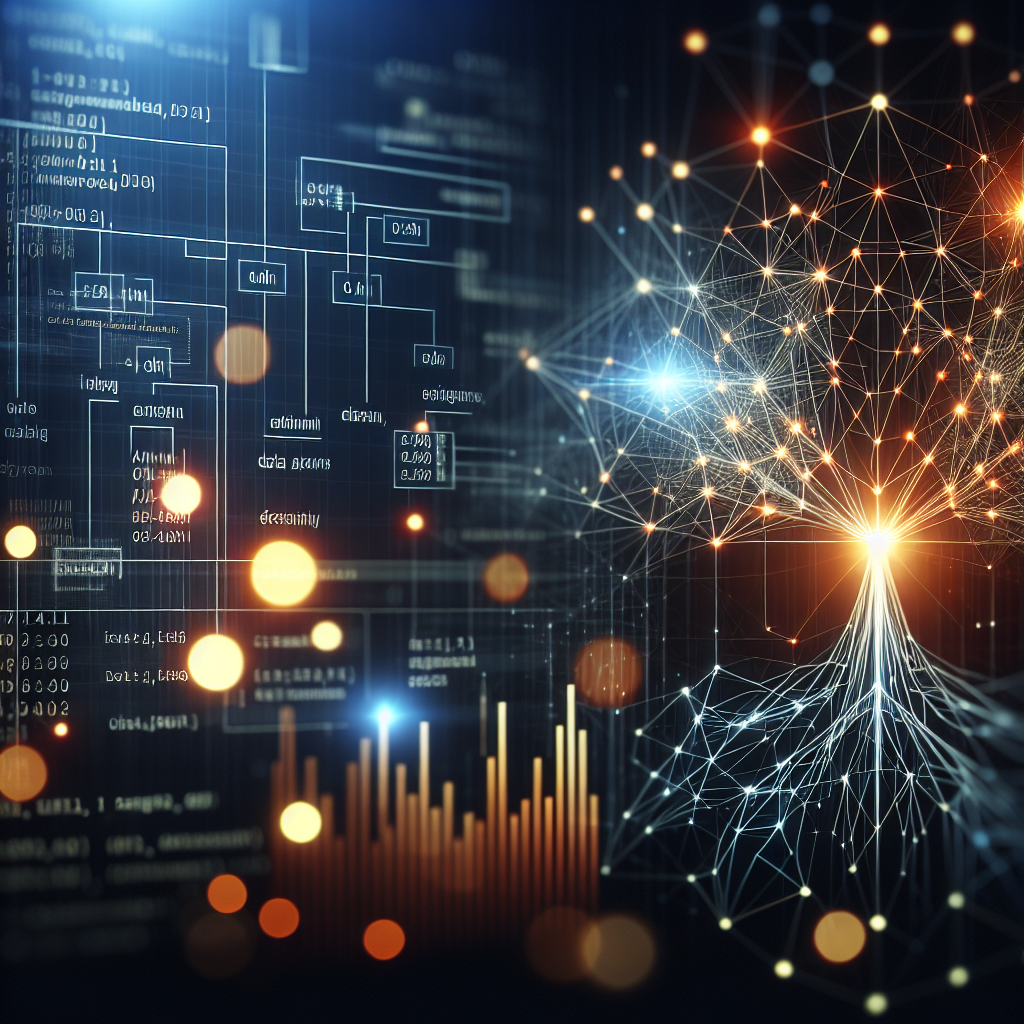Graph Neural Networks (GNNs) have emerged as a powerful tool in data analysis, particularly in the field of network science. GNNs are a type of neural network that can operate on graph-structured data, making them well-suited for tasks such as node classification, link prediction, and graph classification. By leveraging the inherent structure of the data, GNNs can uncover complex patterns and relationships that traditional neural networks may struggle to capture.
One of the key advantages of GNNs is their ability to learn representations of nodes and edges in a graph. This means that GNNs can take into account the local neighborhood of each node, as well as the global structure of the entire graph, when making predictions. This makes them particularly effective for tasks where the relationships between entities are important, such as social network analysis, recommendation systems, and bioinformatics.
In recent years, researchers have made significant progress in developing more powerful and efficient GNN architectures. These advancements have allowed GNNs to scale to larger and more complex graphs, making them applicable to a wide range of real-world problems. For example, GNNs have been used to predict protein-protein interactions, identify communities in social networks, and detect fraudulent activities in financial transactions.
To unleash the full power of GNNs in data analysis, it is important to carefully design the network architecture and training process. Researchers have developed various techniques to improve the performance of GNNs, such as incorporating attention mechanisms, designing more expressive message passing functions, and utilizing graph pooling operations.
Furthermore, it is crucial to properly preprocess the graph data to ensure that the GNN can effectively learn from the input. This may involve normalizing the node features, handling missing data, and removing noise from the graph. Additionally, researchers have explored ways to incorporate domain-specific knowledge into the GNN architecture, such as incorporating domain-specific constraints or designing task-specific loss functions.
In conclusion, GNNs have the potential to revolutionize data analysis by unlocking the power of graph-structured data. By leveraging the inherent structure of graphs, GNNs can uncover complex patterns and relationships that traditional neural networks may miss. With continued research and development, GNNs have the potential to drive advancements in a wide range of fields, from social network analysis to drug discovery. By understanding the capabilities and limitations of GNNs, researchers can unleash their full power in data analysis and unlock new insights from complex data.
#Unleashing #Power #GNN #Data #Analysis,gnn

Leave a Reply
You must be logged in to post a comment.